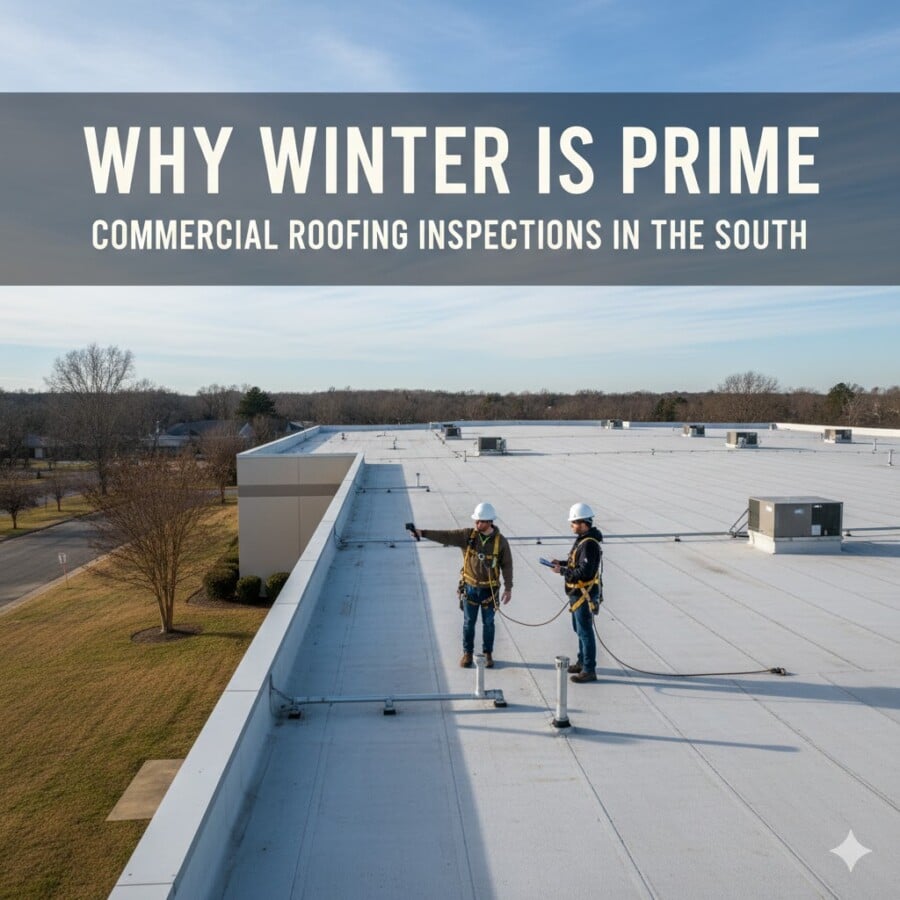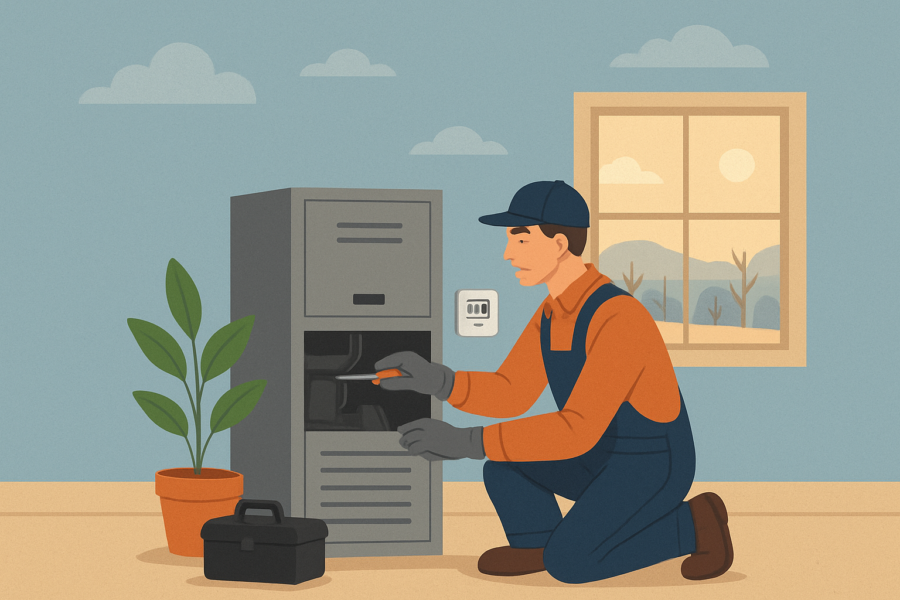Why Winter Has Become A Prime Season For Commercial Roofing Inspections In The South

Most Southern business owners consider the winter months as the quiet season for roofing work, but this entire mindset is quickly changing as people are recognizing the value that comes with this off-peak stretch of minimal weather concerns and mild temperatures.
All across the entire region, winter is now becoming one of the most important times of the year for commercial roofing inspections, and we recently reached out to the commercial roofing leaders in Pickerington, OH at Roofs by Warren to dive deeper into what exactly is driving this seasonal shift.
So, check out the below sections to learn more about how structural realities, climate trends and evolving business priorities are making winter the new prime season for commercial roofing projects in the South!
Increasingly Milder Winters Create Ideal Commercial Roofing Conditions
Unlike many northern states that undergo prolonged snow coverage and deep freezes from December through March, the winters down South are typically workable and much milder.
This means that commercial roof surfaces remain fully accessible throughout the coldest months of the year, crucial adhesives are still able to properly cure, and many roofing materials actually behave more predictably in comparison to the summer’s intense heat.
For professional roofing teams, this ends up making winter a perfect window for spotting seam separations, membrane weaknesses, flashing deteriorations, and the early red flag warning signs associated with leaks. Many of these issues also just so happen to remain hidden during the humid, hot months of the year when roofing materials are known to expand and subsequently mask subtle failures.
A lot of today’s renowned roof inspectors will also now admit that winter lighting improves visibility for commercial teams. Softer, lower sunlight makes issues like uneven surfaces, ponding water and irregular insulation easier to identify—at least in comparison to summer’s harsh glares.
The Southern Storm Season Is Starting Much Earlier Than Many Business Owners Realize
Here in the South, we often associate storm prep season with weather events like hurricanes and tornadoes—but the truth is that winter also brings its own array of weather hazards like wind events, cold snaps, ice storms and heavy rains. All of these issues are known for testing commercial roofs well before spring arrives, which is why early-winter inspections are currently growing in popularity.
Business owners now understand how they can no longer overlook how rapid temperature changes cause roofing membranes to crack or contract. The Southeast also experiences excessive moisture on a yearly basis, which can cause overnight freezes and seeping through small openings.
But when businesses take the time to invest in thorough winter roofing inspections, they’ll be more easily able to catch subtle vulnerabilities well before spring storms expose them in expensive ways!
Rising Risk-Management & Insurance Pressures
There’s also no denying how regional insurance companies are tightening their ongoing requirements regarding severe-weather claims. Many providers are now encouraging or even requiring proof of routine roofing maintenance and seasonal inspection documentation.
Wintertime commercial roofing inspections also help businesses with the following:
- Identifying small roofing issues before they turn into claim-worth failures
- Establishing a well-documented maintenance record
- Demonstrating due diligence for lower premiums and policy renewals in the future
This is why winter roofing inspections are subsequently becoming a proactive risk-management strategy for countless Southern businesses!
Business Downtime Tends To Be Lowest During The Winter Months
For a lot of commercial properties, they’ve recognized how the winter months are the least disruptive in terms of conducting roof inspections and maintenance.
Retail centers are typically slow shortly after the holidays, restaurants go through lulls in between the holidays and spring tourism, and office buildings typically see more steady traffic patterns.
Commercial roofing experts require safe access to many different areas of a property, including parking lots, services areas and equipment zones. This of course necessitates a lot of coordination, which is typically easier during the calmer winter weeks.
Roofing contractors have also noted that their wintertime availability tends to be higher in comparison to the rest of the year. This means fewer emergency installations or repairs that would cause roofing teams to take longer to finish your next project.
Saving Thousands By Preventing Springtime Surprises
Even seemingly minor roofing issues like loose flashing, small punctures or clogged drains that are discovered in the winter can end up creating severe damages by the time April rolls around.
Another huge reason why winter inspections are so important for countless businesses is because they help reduce the potential risks of the following:
- Mold development
- Interior leaks
- Structural damages
- Costly repair downtime
When business teams do their part to identify roofing issues early on, their subsequent repairs end up being cheaper, simpler and less invasive. This kind of preventative approach is especially valuable here in the South, where spring storms are known for being unpredictable and intense!
New Seasonal Strategies For Southern Commercial Roof Care
The commercial roofing cycle no longer considers winter as an afterthought, because this time of year is actually becoming a new foundation for the entire industry.
By taking advantage of the cooler months for proactive maintenance and detailed inspections, many Southern businesses are becoming better protected from all sorts of severe weather events and changing insurance policy expectations.
And in a region of America where weather patterns often shift seemingly overnight, winter roofing inspections aren’t just a smart investment—because they’re now 100% essential!












